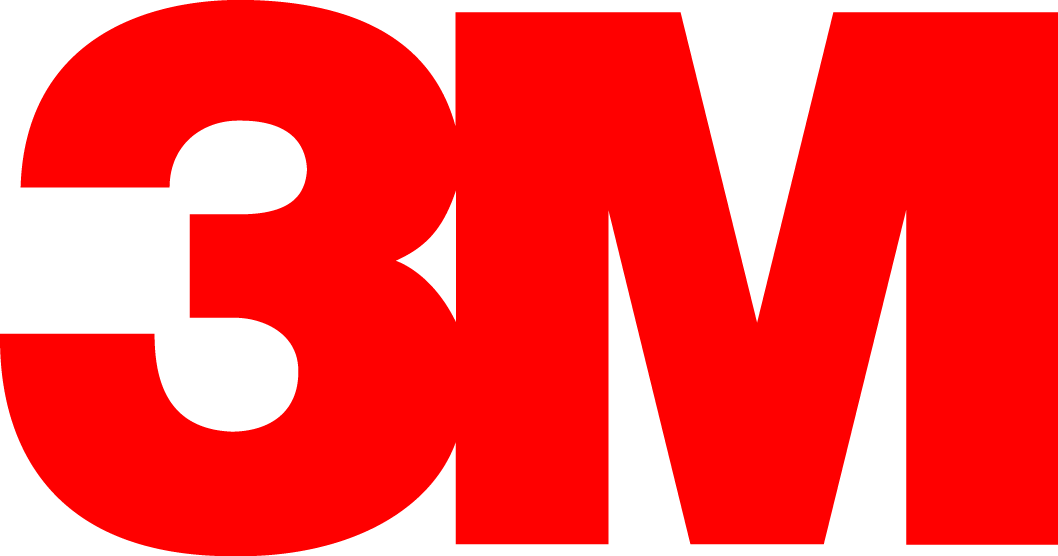3M and Ferrovial Advance Partnership to Build the Safer, Smarter Roads of the Future
Originally published on 3M News Center
As a world leader in traffic safety solutions, 3M is committed to advancing transportation safety. That’s why 3M’s Transportation Safety Division is expanding its partnership with Ferrovial, a leading developer of transportation infrastructure, to create AIVIA Smart Roads.
3M and Ferrovial, as well as industry leaders and innovators including Microsoft, Kapsch, Capgemini and Telefonica, will use innovative solutions to design and build the smarter connected roads of the future. The ultimate goal is to improve safety, provide reliable travel times, support autonomous vehicles and deliver communication directly to motorists.
“The AIVIA consortium is looking to the future,” said Dr. Dan Chen, president of 3M’s Transportation Safety Division. “This initiative brings together industry leaders who know what it takes to operate a roadway and understand the different pieces needed to make the connected roads of the future possible.”
The initiative is focused on developing 5G smart roads that use advanced monitoring, through sensors and simulation technology, to improve the roadway experience.
“The overarching ambition of AIVIA is to develop a holistic, long-term solution for improving road safety and road capacity while accelerating the adoption of connected and autonomous vehicles in mixed traffic scenarios,” said Adrian Talbot, Head of Centre of Excellence for Mobility at Ferrovial.
A successful pilot: The North Tarrant Express
One of the AIVIA consortium’s first successful projects, and an early demonstration of what the connected roads of the future will look like, is the North Tarrant Express (NTE) connecting Dallas and Fort Worth. This 11-mile stretch of roadway presented an opportunity to upgrade a major expressway with the latest in traffic infrastructure technology including the 3M™ Impact Detection System.
The system is an easy-to-install monitoring solution that provides real-time data and impact notifications for critical roadway infrastructure like crash cushions, guardrails, signs and traffic barriers. So-called “detection nodes” identify when a vehicle hits these key pieces of infrastructure and sends a warning to the traffic management center. That reduces the need for field surveys and minimizes the time it takes for road crews to search for damaged infrastructure.
“As we look to tackle small-scale physical enhancements that improve safety, such as better lane markings, as well as major enhancements, like adding a digital layer to roadways, the 3M Impact Detection System addresses both,” said Talbot.
Building on the Success of the NTE
Following the success of the NTE project, AIVIA is now looking to the future as it takes the next steps to build safer, more efficient and more connected roads.
The AIVIA Consortium wants a greater understanding of what’s happening in free-flowing traffic. For example, implementing digital sensors that automatically detect accidents and monitor vehicle behavior could help the team better mitigate or even prevent accidents.
“AIVIA can help federal agencies and state DOTs think differently about roadways,” said Chen. “How do we take advantage of the technologies that are being deployed on vehicles, such as Advanced Driver Assistance Systems (ADAS) and increasing levels of autonomy? How do we use connected technology to improve the resiliency and efficiency of freight? How do drivers and road users interact with both physical and digital infrastructure? AIVIA has an opportunity to help bring that holistic approach to the equation.”
To learn more about 3M’s urban safety and mobility applications, click here. To learn more about Ferrovial, click here.



